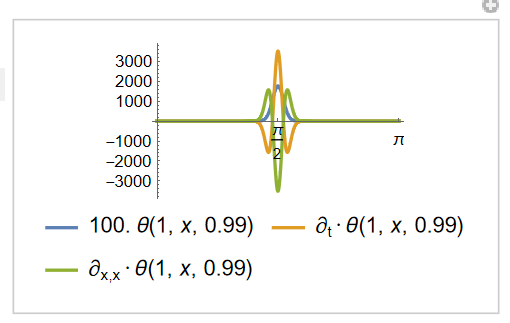The Jacobi's theta functions
$$\theta_1(0,\tau )=0$$ $$\theta_2(\tau) =\sum_{n\in \mathbb{Z}} q^{(n+\frac{1}{2})^2 /2 }$$ $$\theta_3(\tau) =\sum_{n\in\mathbb{Z}} q^{n^2/2}$$ $$\theta_4(\tau) =\sum_{n\in\mathbb{Z}} (-1)^n q^{n^2/2}$$
and the $\eta(\tau)$ functions were used to build the partition functions in the conformal field theory, which, in the rational CFTs, often corresponding to the condensed matter systems.
However, the $\theta_i(\tau)$ functions were not as intuitive as the Fermi–Dirac distribution or the Bose–Einstein statistics, i.e. $1+\exp((\mu-\epsilon)/k_B T)$ and $\frac{1}{1-\exp((\mu-\epsilon)/k_B T)}$, built up from the typical terms such as $\exp((\mu-\epsilon)/k_B T)$.
Is there any meaning or statistical distribution associated with the Jacobi's theta functions?


